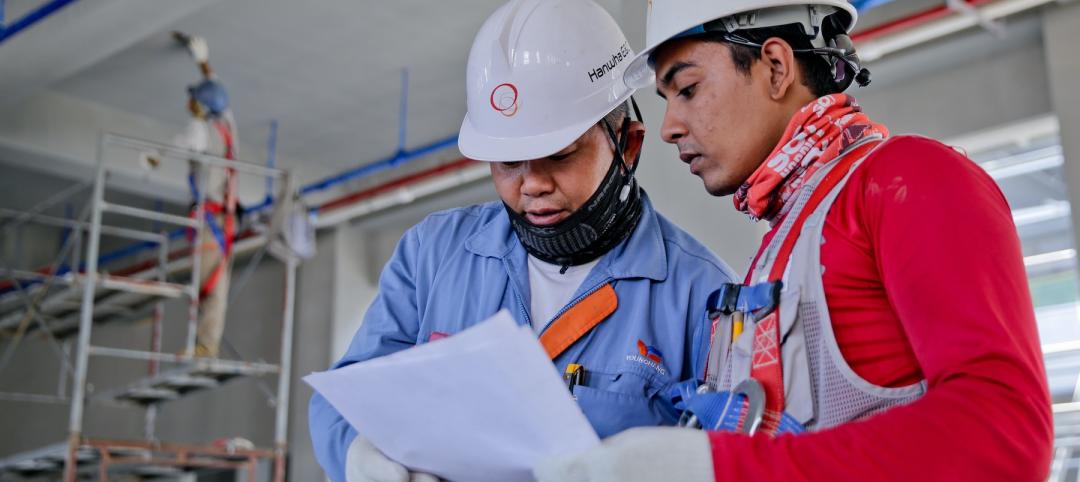WASHINGTON, DC (March 8, 2011) – The Institute for Market Transformation (IMT) and the Natural Resources Defense Council (NRDC) today announced the launch of BuildingRating.org, the world’s first comprehensive resource on energy performance rating and disclosure policies for homes and commercial buildings.
BuildingRating.org contains a searchable library of rating and disclosure information and a user-friendly, interactive map of global policies and programs. BuildingRating.org users can search more than 100 countries and jurisdictions to learn where policies are enacted and how they are being implemented, what types of rating systems are used to evaluate energy performance, and how policies are impacting markets.
“We are pleased to launch BuildingRating.org at this important time in the evolution of global energy rating and disclosure policy,” said Andrew Burr, director of IMT’s Building Energy Rating program. “This resource will be a conduit for policymakers to find and exchange ideas and best practices, and a tool for the real estate industry to track and comply with local policies and programs.”
Energy rating and disclosure encourages energy efficiency by raising consumer awareness about the energy performance and energy cost of homes and buildings. The European Union, China, Australia and a number of U.S. states and cities have enacted rating and disclosure policies.
“Governments around the world are embracing building energy rating and disclosure as a policy tool to reduce energy usage in homes and buildings, drive investments in building energy efficiency and boost local economies by creating jobs,” said Dale Bryk, director of NRDC's Air and Energy Program. “BuildingRating.org is a valuable resource that will help accelerate this trend in U.S. states and cities.”
Last month, the city of San Francisco enacted a commercial rating and disclosure policy, one of nearly 20 such policies related to homes or commercial buildings that are now in place in the United States. IMT staff is in frequent contact with government officials in many U.S. states and cities and updates BuildingRating.org weekly to reflect new policies, policy proposals and research from around the world.
“The initial information-gathering process for BuildingRating.org took more than four months to complete,” said David Leipziger, research associate at IMT and the lead researcher for BuildingRating.org. “We believe cataloguing this information and making it accessible will benefit diverse stakeholders in the public and private sectors.”
ABOUT THE INSTITUTE FOR MARKET TRANSFORMATION
The Institute for Market Transformation (IMT) is a Washington, DC-based nonprofit organization promoting energy efficiency, green building and environmental protection in the United States and abroad. IMT’s work addresses market failures that inhibit investment in energy efficiency and sustainability in the building sector. Visit us at www.imt.org.
ABOUT THE NATURAL RESOURCES DEFENSE COUNCIL
The Natural Resources Defense Council (NRDC) is an international nonprofit environmental organization with more than 1.3 million members and online activists. Since 1970, our lawyers, scientists, and other environmental specialists have worked to protect the world's natural resources, public health, and the environment. NRDC has offices in New York City, Washington, D.C., Los Angeles, San Francisco, Chicago, Livingston, Montana, and Beijing. Visit us at www.nrdc.org.
Related Stories
Sponsored | | Aug 4, 2022
Brighter vistas: Next-gen tools drive sustainability toward net zero line
New technologies, innovations, and tools are opening doors for building teams interested in better and more socially responsible design.
Sustainability | Aug 4, 2022
To reduce disease and fight climate change, design buildings that breathe
Healthy air quality in buildings improves cognitive function and combats the spread of disease, but its implications for carbon reduction are perhaps the most important benefit.
K-12 Schools | Aug 1, 2022
Achieving a net-zero K-12 facility is a team effort
Designing a net-zero energy building is always a challenge, but renovating an existing school and applying for grants to make the project happen is another challenge entirely.
Codes and Standards | Jul 29, 2022
Few projects and properties are being built beyond code
Clients and architects disagree on how well building to code provides resilience, according to a recent report by the American Institute of Architects (AIA) in partnership with Owens Corning.
Green | Jul 26, 2022
Climate tech startup BlocPower looks to electrify, decarbonize the nation's buildings
The New York-based climate technology company electrifies and decarbonizes buildings—more than 1,200 of them so far.
Energy-Efficient Design | Jul 19, 2022
All is not lost: 3 ways architects can respond to the Supreme Court’s EPA ruling
The U.S. Supreme Court’s ruling to limit the Environmental Protection Agency’s power to regulate greenhouse gas (GHG) emissions from power plants dealt a significant blow to our ability to fight the climate crisis with federal policy.
Energy | Jul 13, 2022
Electrification of buildings, new and old, furthers environmental responsibility and equity
It’s almost a cliché in our industry, but nonetheless: The greenest building is the one that is already built.
Codes and Standards | Jul 12, 2022
USGBC sets out principles for LEED’s future
The U.S. Green Building Council recently published a report containing principles outlining how LEED will evolve.
Building Team | Jul 12, 2022
10 resource reduction measures for more efficient and sustainable biopharma facilities
Resource reduction measures are solutions that can lead to lifecycle energy and cost savings for a favorable return on investment while simultaneously improving resiliency and promoting health and wellness in your facility.
Building Team | Jul 1, 2022
How to apply WELL for better design outcomes
The International WELL Building Institute (IWBI) cites attracting top talent, increasing productivity, and improving environmental, social or governance (ESG) performance as key outcomes of leveraging tools like their WELL Building Standard to develop healthier environments.
















